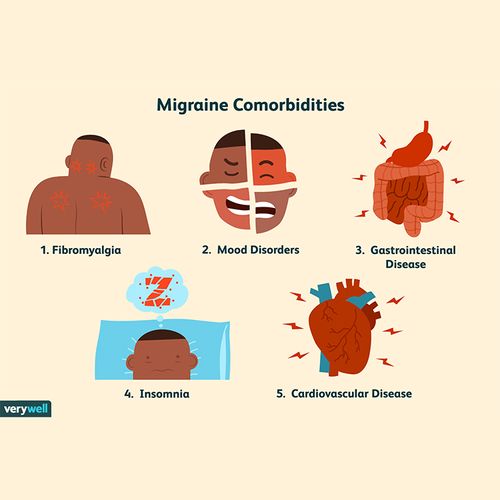Medications for treating migraine pain and preventing migraine attacks are rapidly improving. However, a series of small studies has scientists questioning if migraine is more than just a painful headache for some patients.
Stroke Risk
Migraine is considered a vascular headache because it is associated with changes in the size of the arteries inside and outside of the brain.
Some researchers say that migraine can trigger ischemic mini-strokes-minor blockages in blood flow in the brain.
Because mini-strokes do not cause the classic symptoms of a stroke, doctors often use sensitive MRI scans to identify the minor brain damage they cause. The brain damage caused by enough of these subclinical migraine-triggered events might accumulate over time, culminating in a more significant stroke.
Who’s At Risk?
Researchers do not believe that all people who have migraines are at risk for ministrokes. They are trying to pinpoint the subgroup that is most sensitive.
People whose migraines are accompanied by an aura, or a visual disturbance, such as spots, lines or vision loss, seem to be particularly at risk.
A Dutch Study
A Dutch study looked at 60 strokes that were detected in 31 people who had migraines. The study concluded that patients who have migraine are at increased risk of these subclinical mini-strokes.
Patients who have migraine accompanied by aura and a high attack frequency were at greatest risk.
Additional Analysis
A subsequent analysis of 14 studies in the medical literature found that the risk for ischemic stroke was more than twice as great for people who have migraines as it was for people who don't.
Implications
Migraine should be seen not just as an episodic disorder but as a chronic-episodic—and sometimes chronic progressive—disorder, say Dr. Richard B. Lipton and Dr. Jullie Pan of the Albert Einstein College of Medicine in New York City.
Therefore, the goals of treatment may shift to preventing the progression of migraine disease, instead of merely relieving pain and restoring the patient's ability to function, say Dr. Lipton and Dr. Pan.
If reducing the frequency of migraines is a viable approach to preventing brain damage, patients may consider surgery.
A study found that patients can be injected with Botox® to determine which muscles in their forehead or on the back of their head trigger migraines.
Once the muscles are pinpointed, they can be surgically removed. Surgery eliminated migraines in 35% of the patients and reduced the frequency, intensity or duration of migraines in 92% of them.
